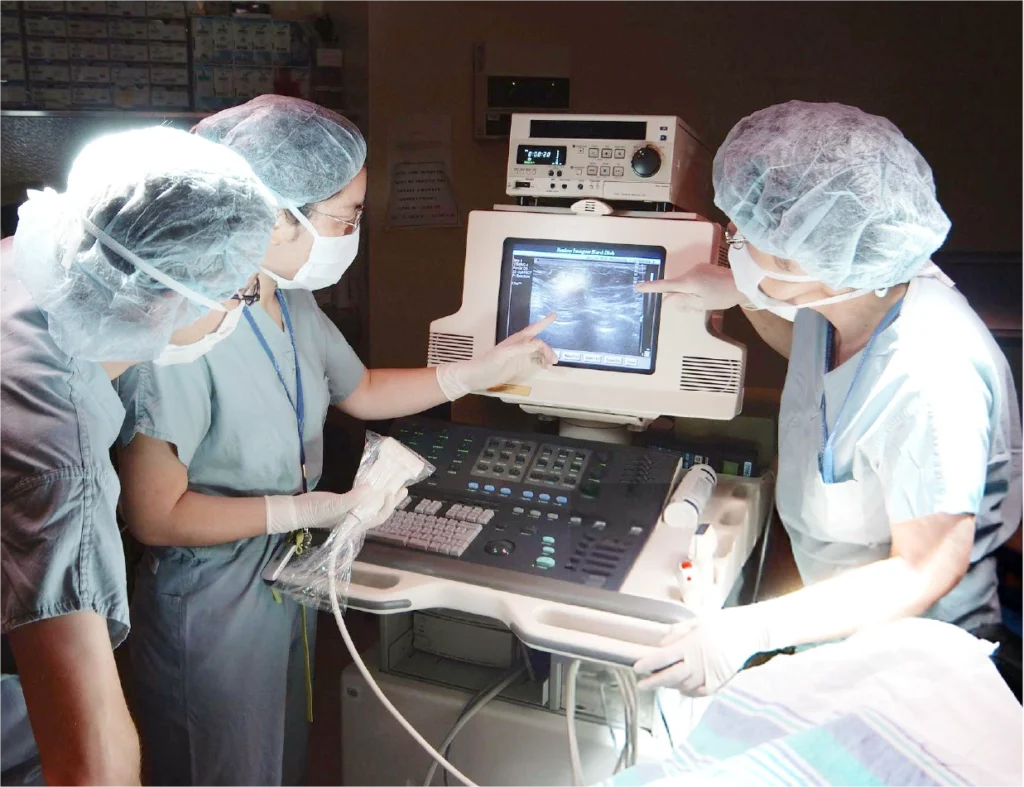
How Emergency Medicine Billing Differs from Other Specialties
24/7 Access Brings Unpredictable Billing Scenarios

E/M Coding in Emergency Medicine
- History and exam (including extent and detail)
- Medical decision-making complexity
- Acuity of the presenting problem
Critical Care and Time-Based Billing in the ED
Proper documentation is essential when billing for critical care. The note must include:
- Time spent providing critical care
- Interventions and treatments administered
- The patient’s critical condition and need for continuous attention
- Justification that the care was above and beyond routine ED services

ED Procedures Are Often Bundled

Higher Risk of Denials and Audits
- Lack of complete documentation to support high-level E/M or critical care
- Incorrect use of modifiers, especially Modifier 25 and Modifier 59
- Inconsistent coding of chief complaints and final diagnosis
- Improper capture of procedures or diagnostic services that were bundled without justification

ED Billing and Reimbursement Regulations
Conclusion
Emergency medicine billing stands apart from other specialties in its pace, unpredictability, and coding requirements. From unique E/M code structures to critical care documentation, every component must be executed with precision. Unlike scheduled care environments, emergency departments must handle complex billing scenarios on the fly, often under pressure and without full patient history.
If you’re an emergency medicine provider or billing team looking to improve your claim accuracy and reduce denials, MaxRemind can help. Our expert billing team is well-versed in the nuances of ED coding, critical care reimbursement, and payer compliance. Reach out today for a tailored consultation or audit, and let’s make your emergency billing as efficient and accurate as your patient care.
Want optimizing your Emergency medicine billing process?
- What makes emergency medicine billing different from other specialties?
-
Emergency medicine billing differs because services are unscheduled, often high acuity, and must be billed based on urgency, complexity, and time. There’s no prior relationship with the patient, so documentation must justify the intensity of care provided.
- What CPT codes are used for emergency room visits?
-
CPT codes 99281 to 99285 are used for ER visits, depending on the level of service and complexity. Critical care codes like 99291 and 99292 are used when the physician provides life-saving care.
- How does documentation impact emergency department billing?
-
Detailed and timely documentation is essential in emergency medicine billing. Since care is often high-risk and fast-paced, notes must support the urgency and complexity to justify higher-level codes and prevent denials.
- Can emergency medicine use time-based billing?
-
Yes, especially for critical care services. Time must be documented accurately when using time-based codes like 99291/99292, including what services were provided during that time.
- Why are emergency medicine claims more likely to be audited or denied?
-
Because emergency care often involves high-level codes and fast decision-making, payers scrutinize claims for proper documentation, medical necessity, and accurate use of modifiers and CPT codes.

